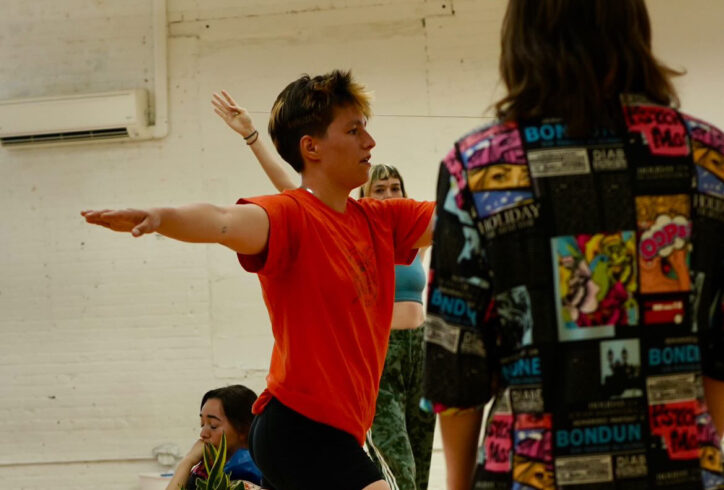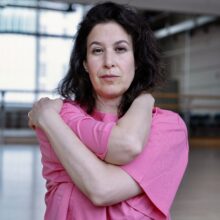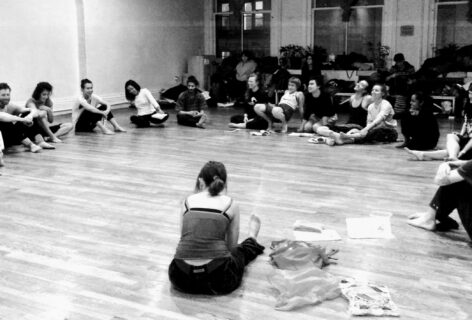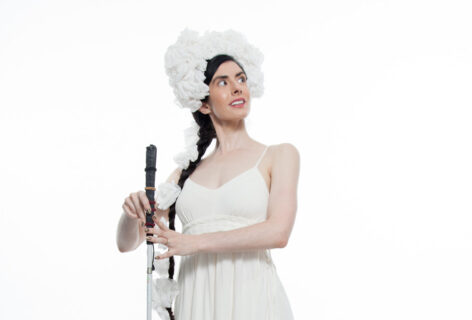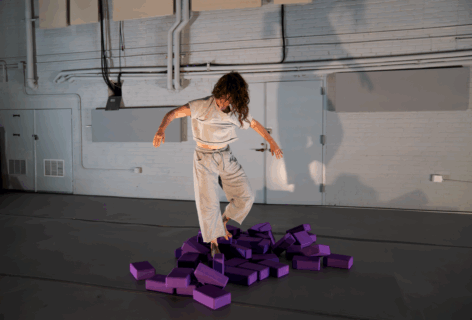My class derives from my orientation to teaching composition, not as a rallying around the object/product/performance, but as a critique and consideration of what happens in making. In my experience of Western dance education, I have been taught to focus on the object–take it apart and obsess over what it does, getting lost in a fight for or against “form.” My class, instead, encourages individuals across disciplines to bring their artistic lineages, training, and interests to the forefront while asking each other “what do you do in the rehearsal room?” and “is it working?” We use conversation and performative scores to deal with various irritants of making like shame, catharsis, climax, and the vulnerability of “setting” material. Students are invited to stay focused on their own work while engaging with the group–the precarious holding of self and group is a balancing we study alongside our own creative practices.
What to expect:
The class is typically structured in three parts: a check-in conversation where students share about their creative process; an open improvisation led by a prompt derived from the check-in; and a set of exercises in directing, performativity, and compositional assembly. We tease out dilemmas of influence and setting through practice. Where do our influences appear? How can we use our training unexpectedly? When do we act on interest and execution?
For MELT-related questions, please email melt@movementresearch.org.

